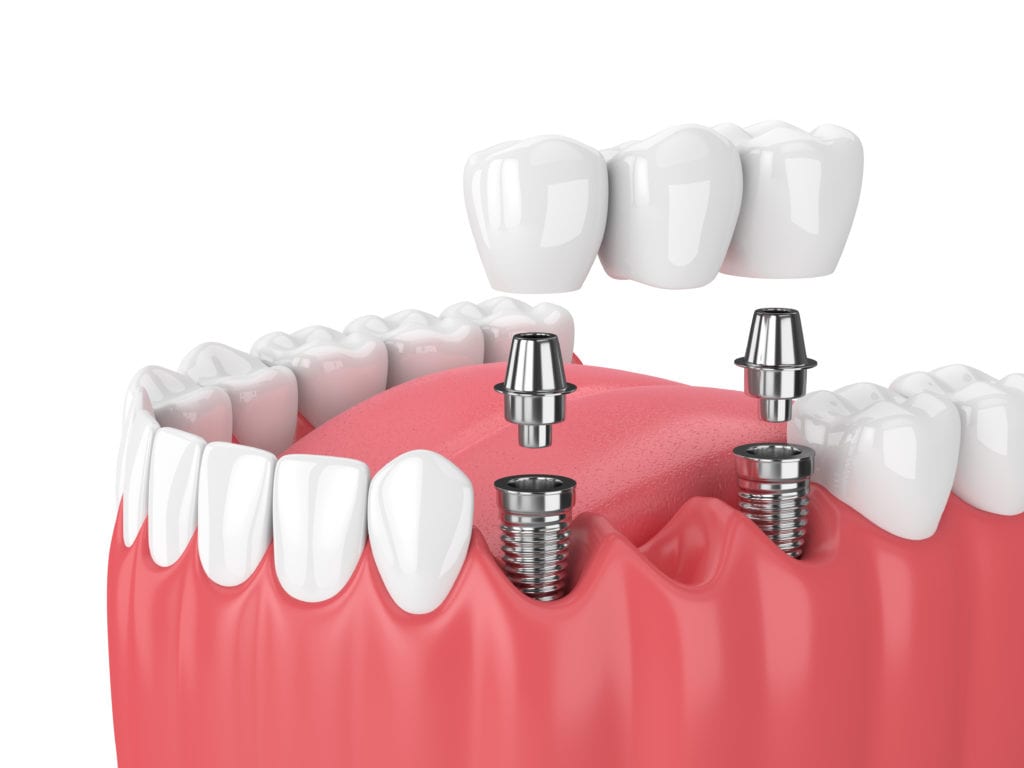Dentistry bridges are a suitable restorative dentistry procedure for many patients however, not the only choice available. To look for the appropriate use of dental bridges for every single unique situation, it is prudent to consider the advantages and disadvantages of the procedure.
A dental bridge typically involves two crowns located on abutment tooth or implants on either area of a space in the mouth, and a pontic that joins both crowns and fills the difference. The bridge might be made of various materials such as silver, sterling silver, porcelain and porcelain-fused metals.
Advantages of Dental Bridges
There are several positive effects of dental bridges, which take into account their frequency of use in restorative dental work.
Firstly, dental bridges are a powerful solution for the replacing of missing pearly whites in the dental cavity, offering both useful and visual correction.
In conditions of function, the bridge allows an individual to chew and eat normally as there is no longer a difference in the jaw and the bridge can assist with the mastication of food. It can benefit individuals to speak without inhibition also, filling the difference in one’s teeth which may alter the keeping the tongue and just how sounds are created in the dental cavity.
Teeth record past strains in life, review finds
Aesthetically, a dental bridge can make up for the increased loss of the original pearly whites, especially if the bridge is tightly matched up in color to the encompassing pearly whites. This assists to boost self-esteem and confidence in patients who are uncomfortable about the look of them with missing teeth.
Dental bridges may offer benefits for the long-term structure of the mouth also. Under normal circumstances, a gap in the jaw causes the teeth to steadily shift position and spread out, which can cause problems in the bite. In contrast, when the bridge is used to displace the missing pearly whites, the teeth on either area are held securely in location to reduce the threat of movements and consequent problems of the bite. Additionally, the bridge can also help reduce the threat of bone damage from the jaw and, therefore, retains the facial composition.
Many patients also prefer dental bridges due to way they feel in the mouth and their easy maintenance. A short while is usually needed for a patient to be familiar with the feel of the dental bridge, and it is hardly noticeable since it becomes an integral part of the mouth structure. Unlike dentures, bridges do not need to be removed regularly for cleaning and can be cleaned exactly like natural teeth by brushing.

